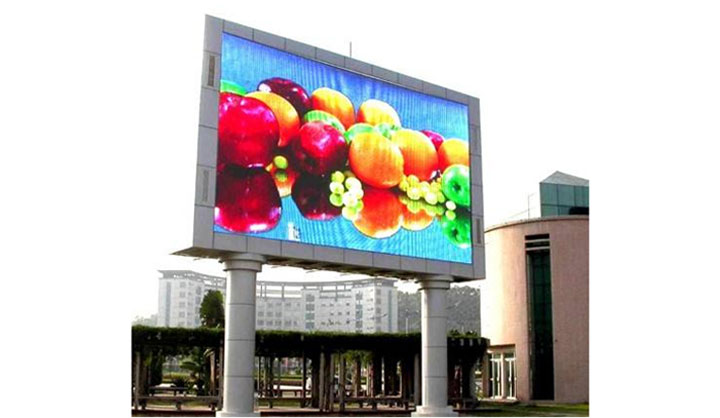How to do the heat dissipation of outdoor display

As the temperature of the weather slowly rises, the LED display screen is also more prone to being hot. High temperatures will cause the failure probability of electronic components to increase rapidly, which in turn causes the reliability of the LED display screen to decrease.
In order to control the temperature of the internal electronic components of the led display, so that it does not exceed the maximum allowable temperature required under the working environment standard of the led display, a design solution for heat treatment of the led display must be developed. How to achieve low-cost and high-quality design of heat dissipation design for led display is the content of this article.
There are three basic ways of transferring heat: heat conduction, convection and radiation.
Heat conduction: Gas heat conduction is the result of gas molecules colliding with each other when they move irregularly. The heat conduction in the metal conductor is mainly completed by the movement of free electrons. Heat conduction in non-conductive solids is achieved by vibration of the lattice structure. The heat conduction mechanism in liquid mainly depends on the action of elastic waves.
Convection: refers to the heat transfer process caused by the relative displacement between the various parts of the fluid. Convection only occurs in fluids and is necessarily accompanied by thermal conduction. The heat exchange process that occurs when a fluid flows over the surface of an object is called convection heat transfer. The convection caused by the different density of the cold and hot parts of the fluid is called natural convection. If the movement of the fluid is caused by external forces (fan, etc.), it is called forced convection.
Radiation: The process by which an object transfers its ability in the form of electromagnetic waves is called thermal radiation. Radiant energy transfers energy in a vacuum, and there is energy conversion, that is, thermal energy is converted into radiant energy and radiant energy is converted into thermal energy.
When selecting the heat dissipation method, the following factors should be considered: heat flux density, volume power density, total power consumption, surface area, volume, working environment conditions (temperature, humidity, air pressure, dust, etc.) of the LED display screen. According to the heat transfer mechanism, there are natural cooling, forced air cooling, direct liquid cooling, evaporative cooling, thermoelectric cooling, heat pipe heat transfer and other heat dissipation methods.